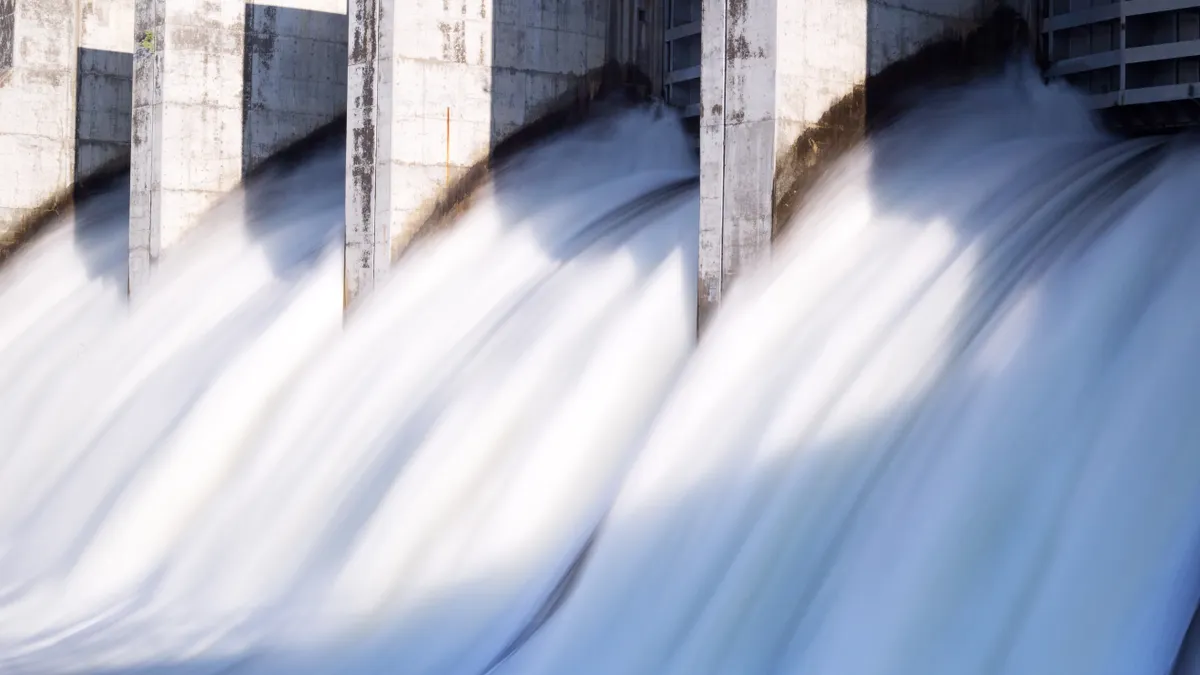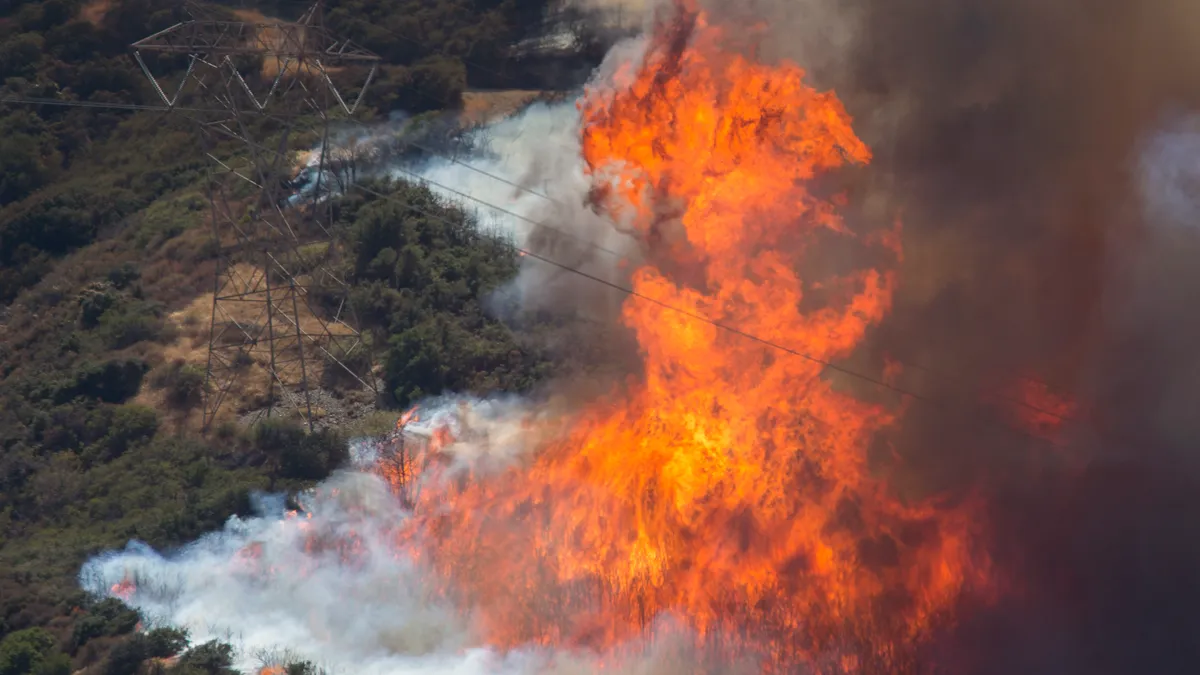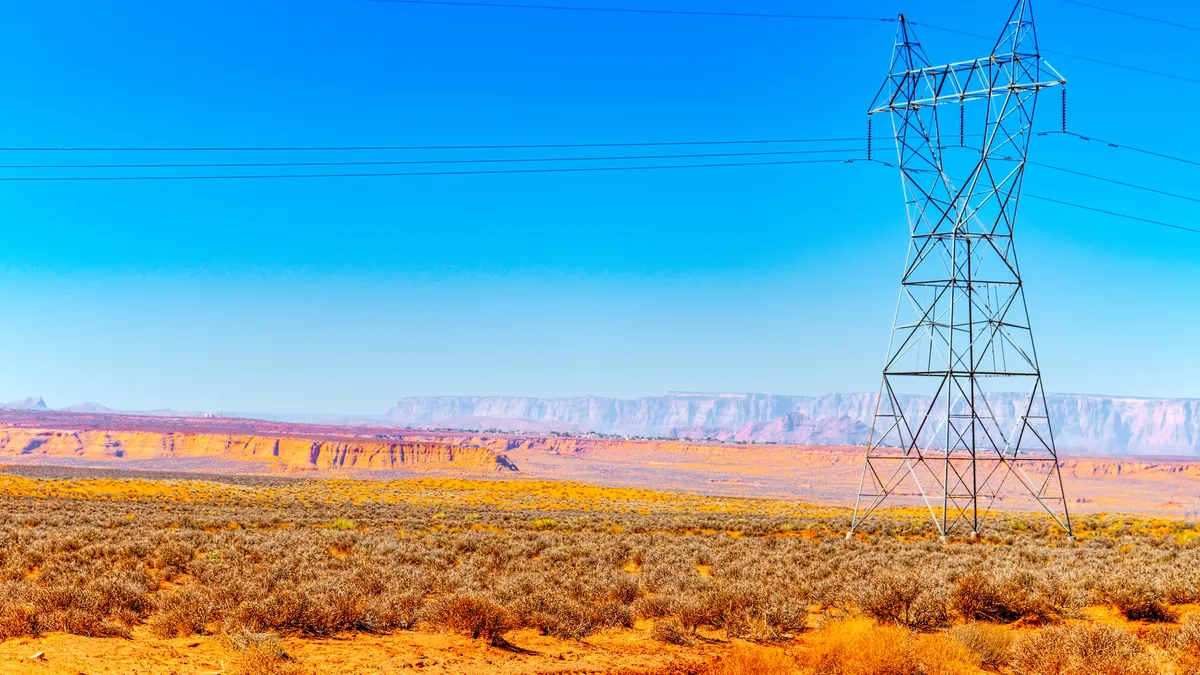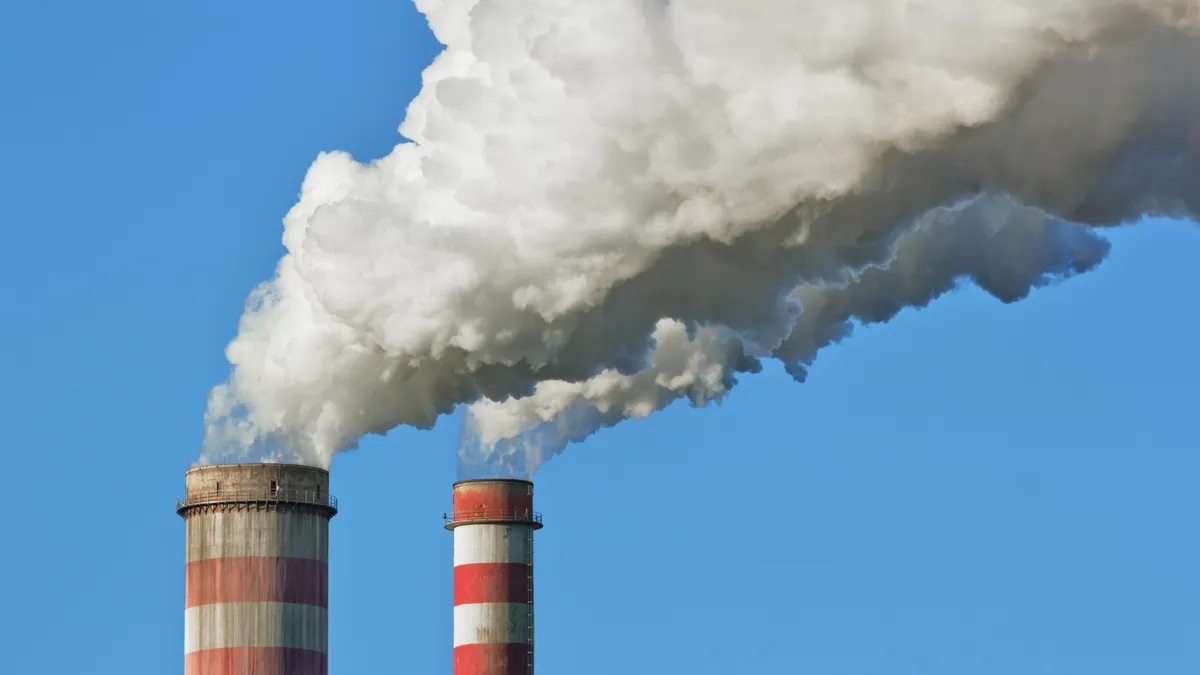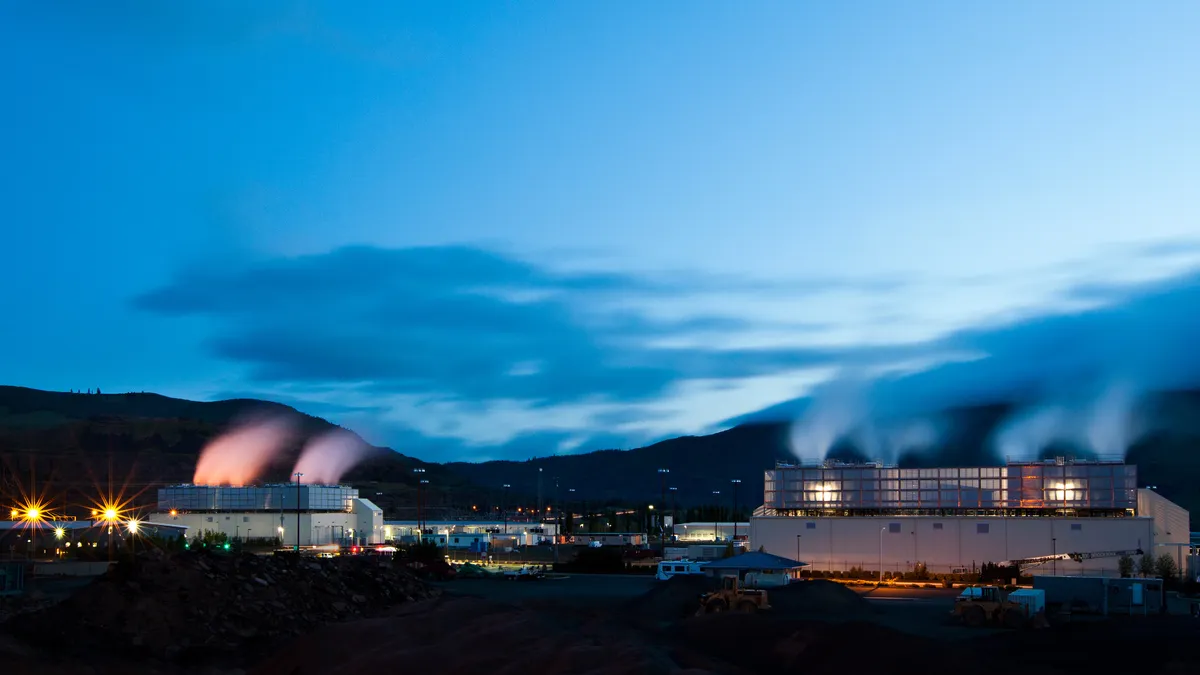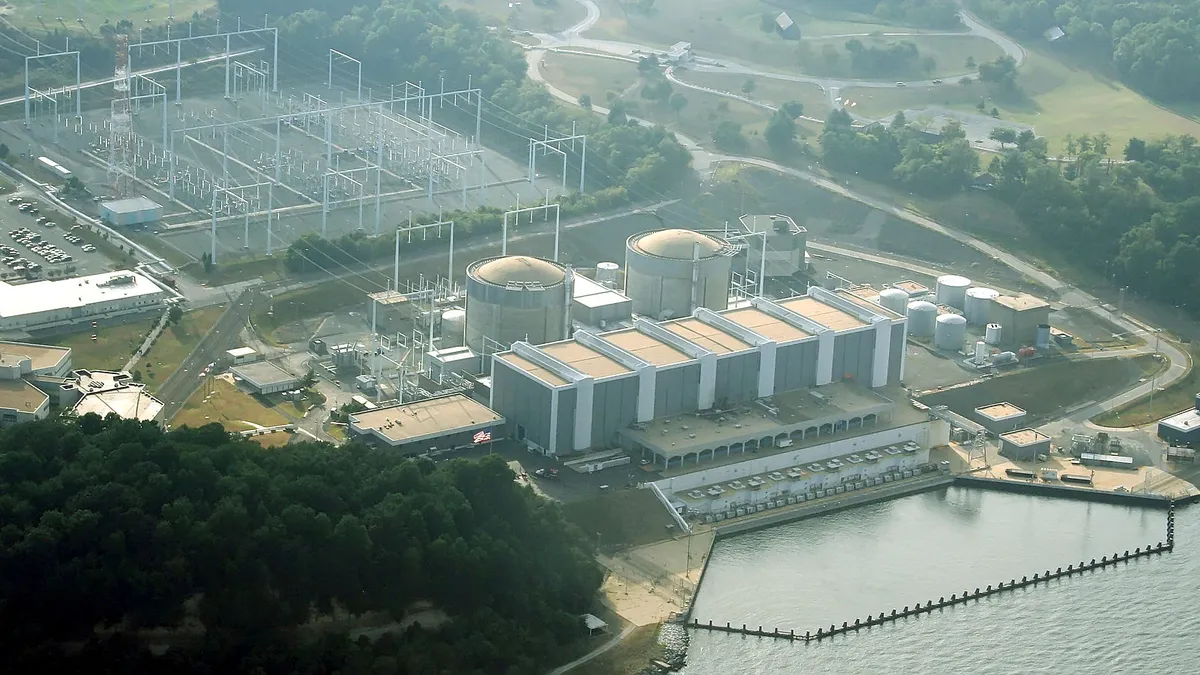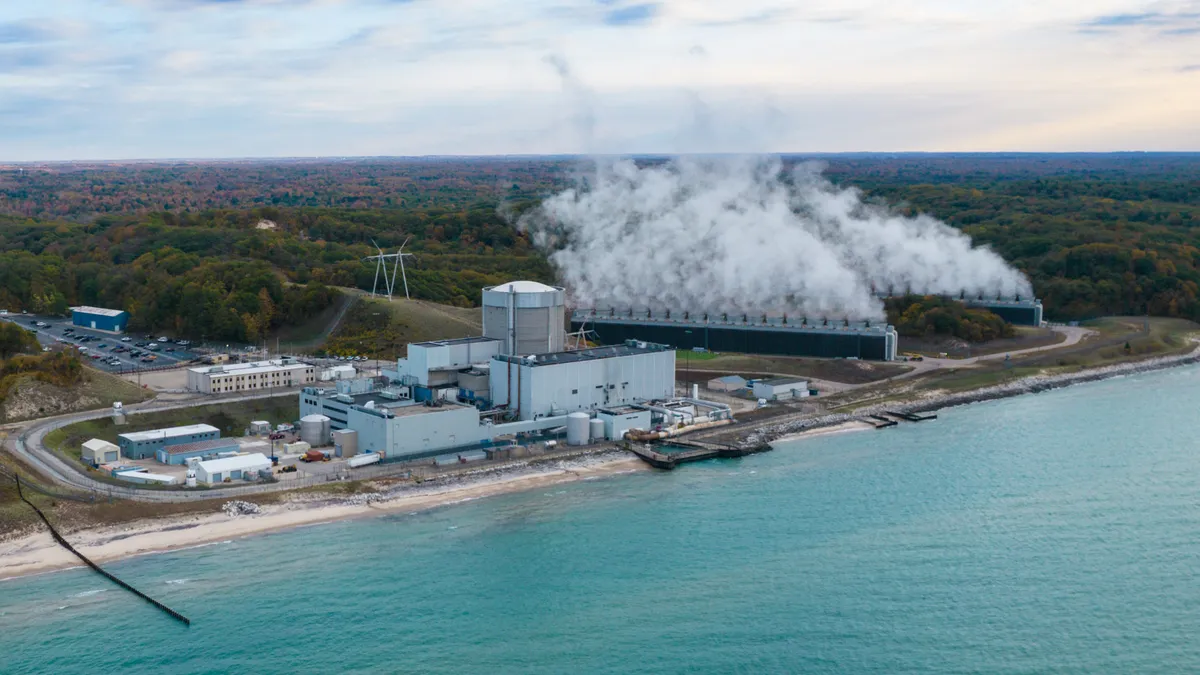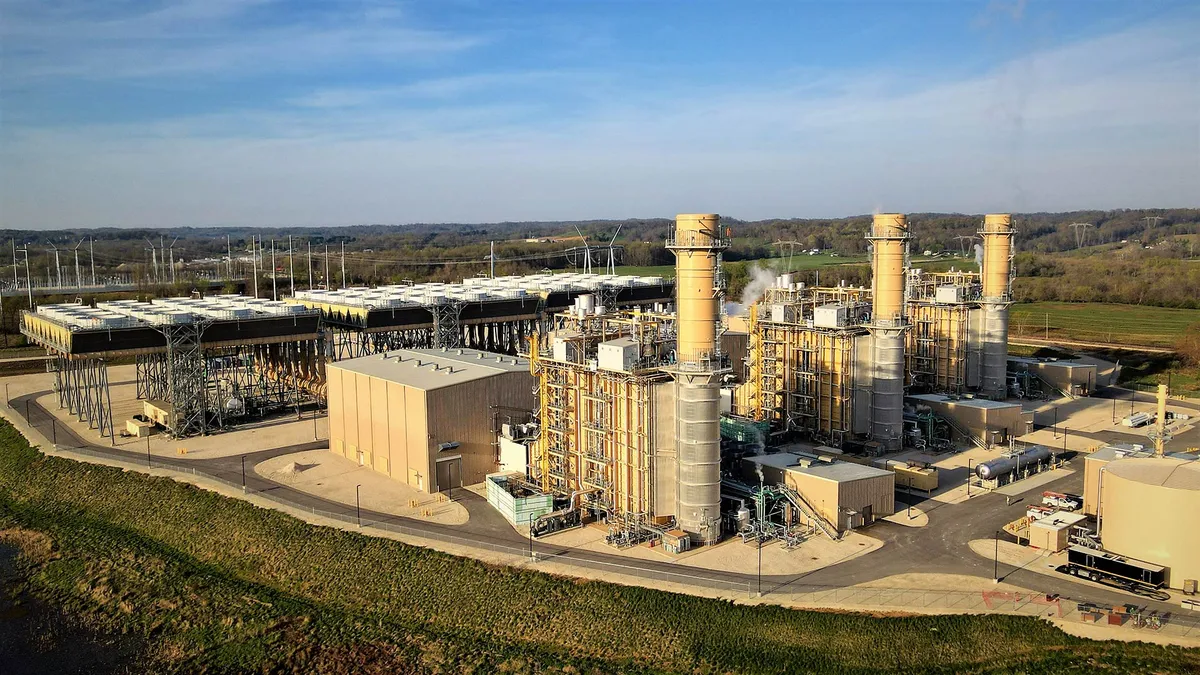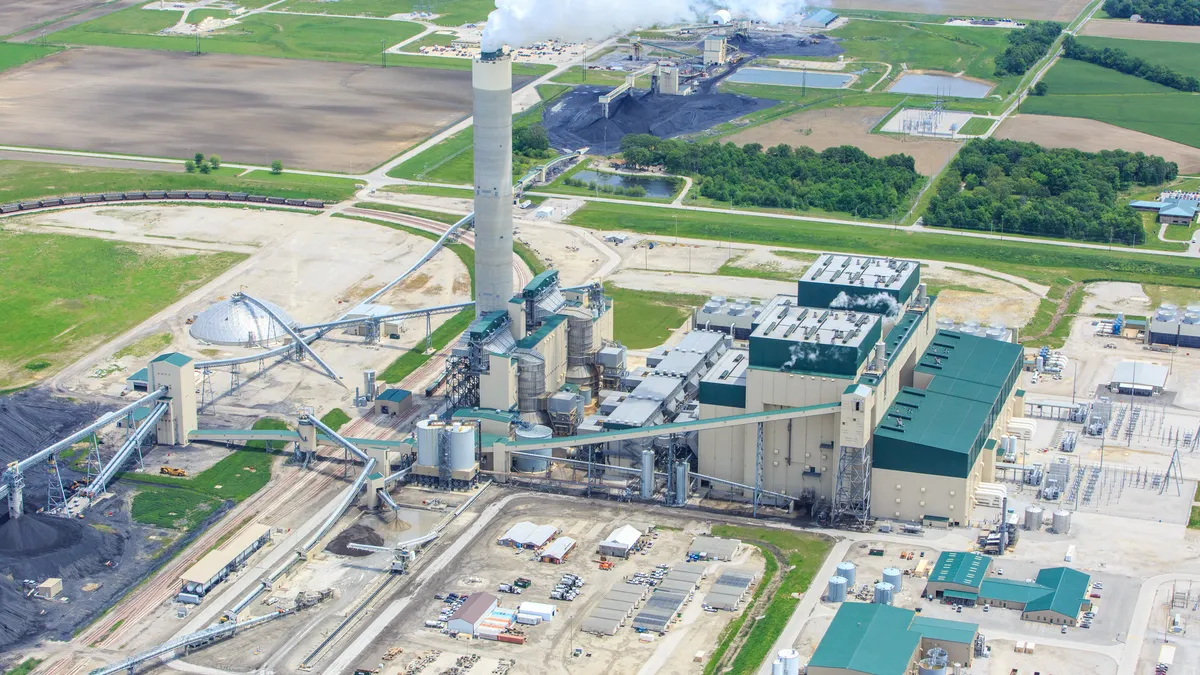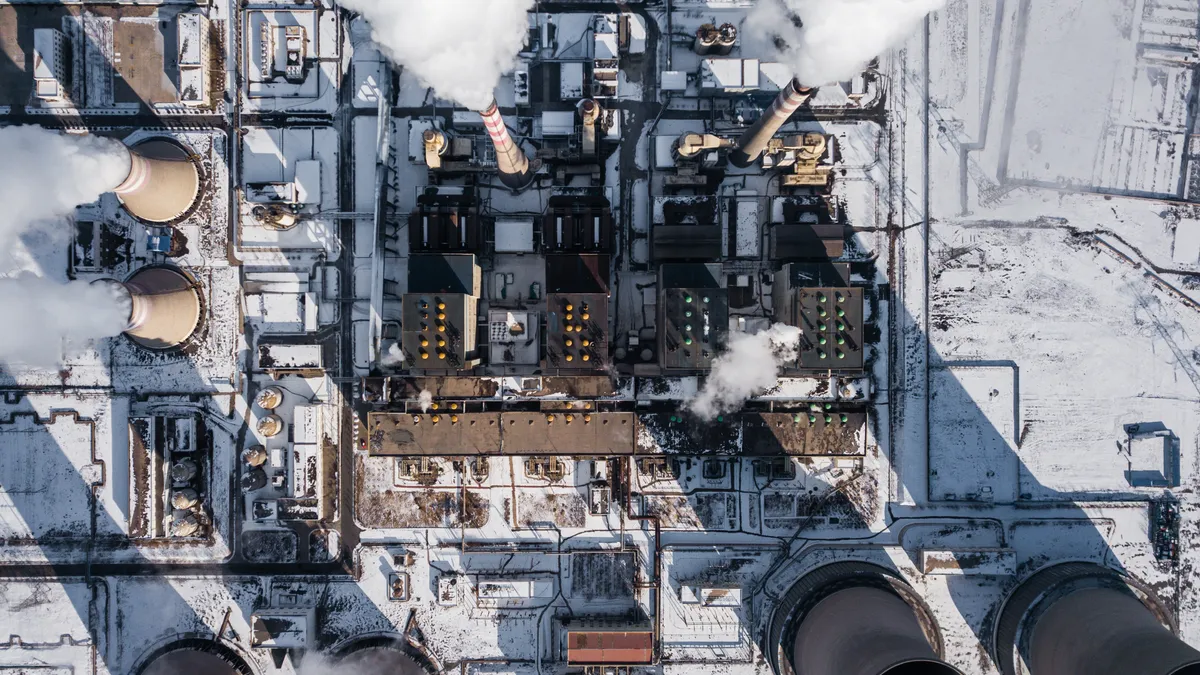Charles Yang is the founder and executive director of the Center for Industrial Strategy.
President Trump forming a National Energy Dominance Council in the White House is a key recognition of the importance of energy to industrial policy. Affordable, abundant electricity is the foundation of America’s economic future, powering everything from advanced manufacturing to data centers. The council offers a rare opportunity to develop a unified federal strategy for energy dominance, linking industrial policy and load growth.
However, the White House might quickly find how difficult it is for the federal government to unilaterally bring online new generation to meet load growth. The electricity sector’s web of regional operators, state regulators and investor-owned utilities have far more direct control over generation investments than the federal government. While financing vehicles like the Loan Programs Office or smart grid grants can help incentivize investments in the power sector, there are few levers the U.S. government has available to directly meet load growth.
One unique exception to this is hydropower: the majority of the hydropower fleet in the U.S. is federally owned and operated, providing about 80 GW of generating capacity, with pumped storage hydropower being responsible for over 90% of the nation’s energy storage capacity.
The federal government’s ownership of hydropower facilities offers a rare chance to fast-track solutions to load growth. Hydropower is also one of the lowest cost, baseload sources of energy generation, which makes it attractive to manufacturers with large loads, like polysilicon producers and data center developers. For instance, Iron Mountain Data Centers and Rye Development signed a 150-MW power purchase agreement, with Rye Development using the PPA financing to power non-powered dams across the mid-Atlantic.
The National Energy Dominance Council can leverage the direct federal control over hydropower and dam facilities to help meet load growth through several methods. The first is to power non-powered dams, similar to the Iron Mountain and Rye Development project. Only 3% of the nation’s dams are powered, but a Department of Energy study found that 4 GW of capacity could be added through powering existing dams, with the majority of large capacity opportunities being federal dams. Second, modernizing hydropower facilities, many of which are over 60 years old, could add another 5 GW of capacity while revitalizing outdated infrastructure.
The Trump administration can also streamline the permitting and licensing process for fleet operators to increase capacity at their privately owned hydropower facilities. Recent national lab analysis found that the Federal Energy Regulatory Commission licensing process was far more burdensome than other countries and added significant uncertainty to development timelines.
The hydro czar could push to streamline FERC licensing and license renewal processes, as well as coordinate with states on clean water act permit timelines. Finally, federal hydropower operators can leverage the fact that hydropower facilities have existing interconnection sites and hybridize the energy infrastructure to include batteries or even floating solar, which also helps reduce evaporative losses.
Hydropower, as a uniquely federally owned and operated energy asset, is critical not only for meeting load growth but also for securing domestic supply chains. Hydropower facilities need massive turbines and generators, which can only be made with large castings and forgings. These are industrial skills and capabilities similar to those needed to manufacture the massive components used in offshore wind turbines and nuclear submarine reactors. Crucially, large castings and forgings have been identified as a key supply chain vulnerability by both the Department of Defense and Department of Energy.
While the expected lifetime of a hydropower plant is 25 to 50 years, the average age of the federal hydropower fleet is 64 years. To rehabilitate and upgrade federal facilities will require investment, but also presents an opportunity to serve as a demand pull mechanism for expanding domestic industrial capabilities. Similarly, the large power transformers used to distribute the immense power generated at the largest dams are also needed across the electricity industry to meet load growth. As a result, hydropower sits at a unique nexus of critical supply chain components that are also critical for defense industrial base and meeting load growth more broadly.
A hydro czar in the National Energy Dominance Council would be directly responsible for unlocking the untapped potential of federal hydropower to support both load growth and industrial supply chains. The hydro czar can coordinate across the federal government to create streamlined licensing and permitting for the broader hydropower industry and increase federally owned hydropower capacity. They can also support U.S. industry convenings to become an early adopter of hydropower hybridization and innovative pumped storage hydropower solutions.
To support industrial supply chains, the czar can reform the procurement and contracting used by the Army Corps of Engineers and Bureau of Reclamation, and coordinate with Build America, Buy America Act licensing requirements to create a powerful demand-pull mechanism for large turbine manufacturers and large castings and forgings. In this way, federally owned hydropower can serve as a fulcrum to leverage relatively small amounts of public capital to support broader supply chain needs across the defense industrial base and power grid infrastructure.
The Trump administration has declared its resolve to reshore manufacturing and supply chains and support load growth — federally owned hydropower offers an opportunity to achieve both at the same time.


